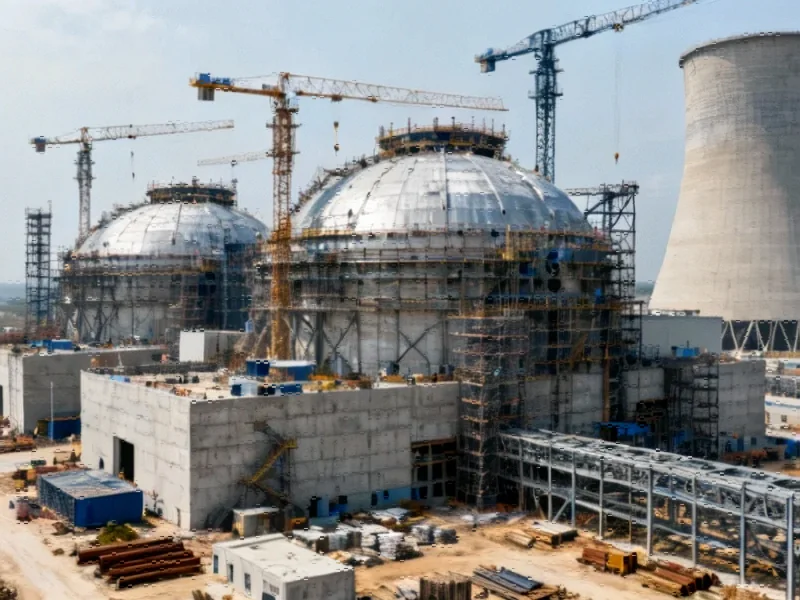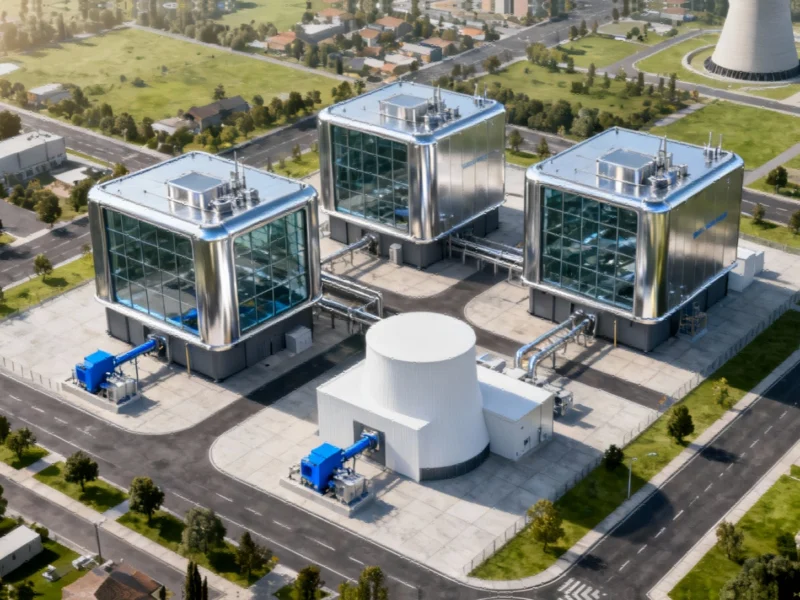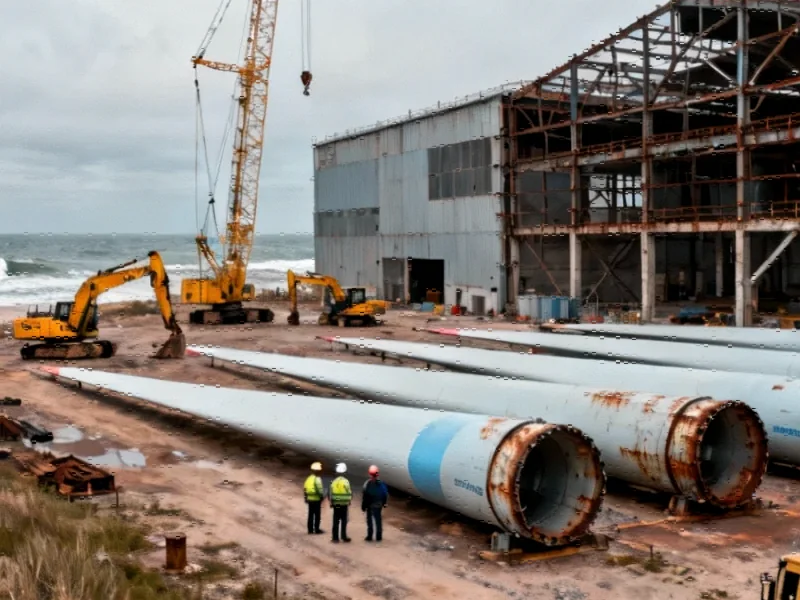Amazon’s Strategic Push into Advanced Nuclear Energy
Amazon has unveiled detailed plans for its inaugural small modular reactor (SMR) facility in Richland, Washington, marking a significant milestone in the tech giant’s journey toward carbon-free energy. The Cascade Advanced Energy Facility, developed in collaboration with SMR innovator X-energy and utility provider Energy Northwest, represents a strategic investment in next-generation nuclear technology designed specifically to power the exponential growth of artificial intelligence and cloud computing infrastructure.
This ambitious project signals a broader shift in how major technology corporations are approaching their energy sustainability challenges. Unlike traditional renewable sources that face intermittency issues, SMRs offer the potential for reliable, always-on clean power—a critical requirement for data centers that cannot afford downtime. The initiative comes amid wider industry developments in energy infrastructure supporting technological expansion.
Technical Specifications and Phased Deployment
The Cascade facility will be constructed adjacent to Energy Northwest’s existing Columbia Generating Station, leveraging established nuclear infrastructure and expertise. The project will unfold in multiple phases, beginning with three 320MW sections that collectively will deliver 960MW of capacity. The initial phase will feature four of X-energy’s Xe-100 reactors, each rated at 80MWe (electric) and 200MWt (thermal).
X-energy’s pebble-bed, high-temperature gas-cooled reactor technology represents a departure from conventional nuclear designs. The system utilizes billiard ball-sized fuel pebbles containing thousands of tri-structural isotropic (TRISO) uranium fuel particles, which proponents claim offer enhanced safety characteristics. This approach to related innovations in core technology demonstrates how advanced engineering is transforming traditional industries.
Following the initial deployment, the partnership holds options to expand to twelve total units, potentially achieving the full 960MW capacity. Construction is projected to begin before 2030, with operational commencement expected in the following decade.
Economic Impact and Workforce Development
The Cascade Advanced Energy Facility is anticipated to generate substantial economic benefits for the Richland region, creating over 1,000 construction jobs and more than 100 permanent positions in nuclear operations, engineering, and specialized technical fields. This job creation aligns with broader market trends in energy infrastructure investment.
Recognizing the need for a trained workforce, Columbia Basin College in nearby Pasco has secured Department of Energy funding to establish an Energy Learning Center. The facility includes an educational simulator that replicates X-energy’s Xe-100 control room, providing hands-on training for future nuclear operators.
“Investing in advanced training simulators prepares future operators and builds the foundation for a clean energy workforce that will power our region for decades to come,” said Bob Schuetz, CEO of Energy Northwest. “This interactive experience helps demystify nuclear energy and goes beyond the textbook, showing students that a viable, meaningful career in clean energy is within reach.”
Broader Implications for Tech and Energy Sectors
Amazon’s nuclear initiative reflects a growing recognition among technology giants that conventional renewable sources alone cannot meet the massive, continuous power demands of AI data centers. The company’s direct investment in X-energy’s Series C-1 financing round—which raised $500 million—includes manufacturing capacity development aimed at supporting more than 5GW of new nuclear projects using X-energy’s technology by 2039.
This substantial financial commitment underscores the strategic importance tech companies are placing on recent technology that can provide baseload clean power. Amazon is not alone in this pursuit; other major technology firms including Google, Oracle, and numerous data center operators have similarly expressed interest in SMR technology as a solution to their energy challenges.
The partnership has also expanded internationally, with X-energy and Amazon signing agreements with South Korea’s Doosan Enerbility and Korea Hydro & Nuclear Power Co. to accelerate SMR deployment in the United States. The collaboration aims to mobilize up to $50 billion in public and private investments for Xe-100 projects while expanding supply chain capacity.
Regulatory and Social Context
This nuclear development occurs alongside other significant industry developments affecting technology and policy landscapes. As corporations navigate complex regulatory environments, projects like the Cascade facility must balance technological ambition with social responsibility and safety considerations.
Kara Hurst, Amazon’s chief sustainability officer, emphasized the broader vision: “This project isn’t just about new technology; it’s about creating a reliable source of carbon-free energy that will support our growing digital world. I’m excited about the potential of SMRs and the positive impact they will have on both the environment and local communities.”
The successful implementation of Amazon’s SMR initiative could establish a template for other energy-intensive industries seeking to decarbonize while maintaining operational reliability. As related innovations continue to emerge across multiple sectors, the intersection of advanced computing and next-generation energy solutions represents one of the most significant technological frontiers of the coming decade.
This article aggregates information from publicly available sources. All trademarks and copyrights belong to their respective owners.
Note: Featured image is for illustrative purposes only and does not represent any specific product, service, or entity mentioned in this article.



